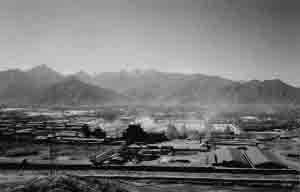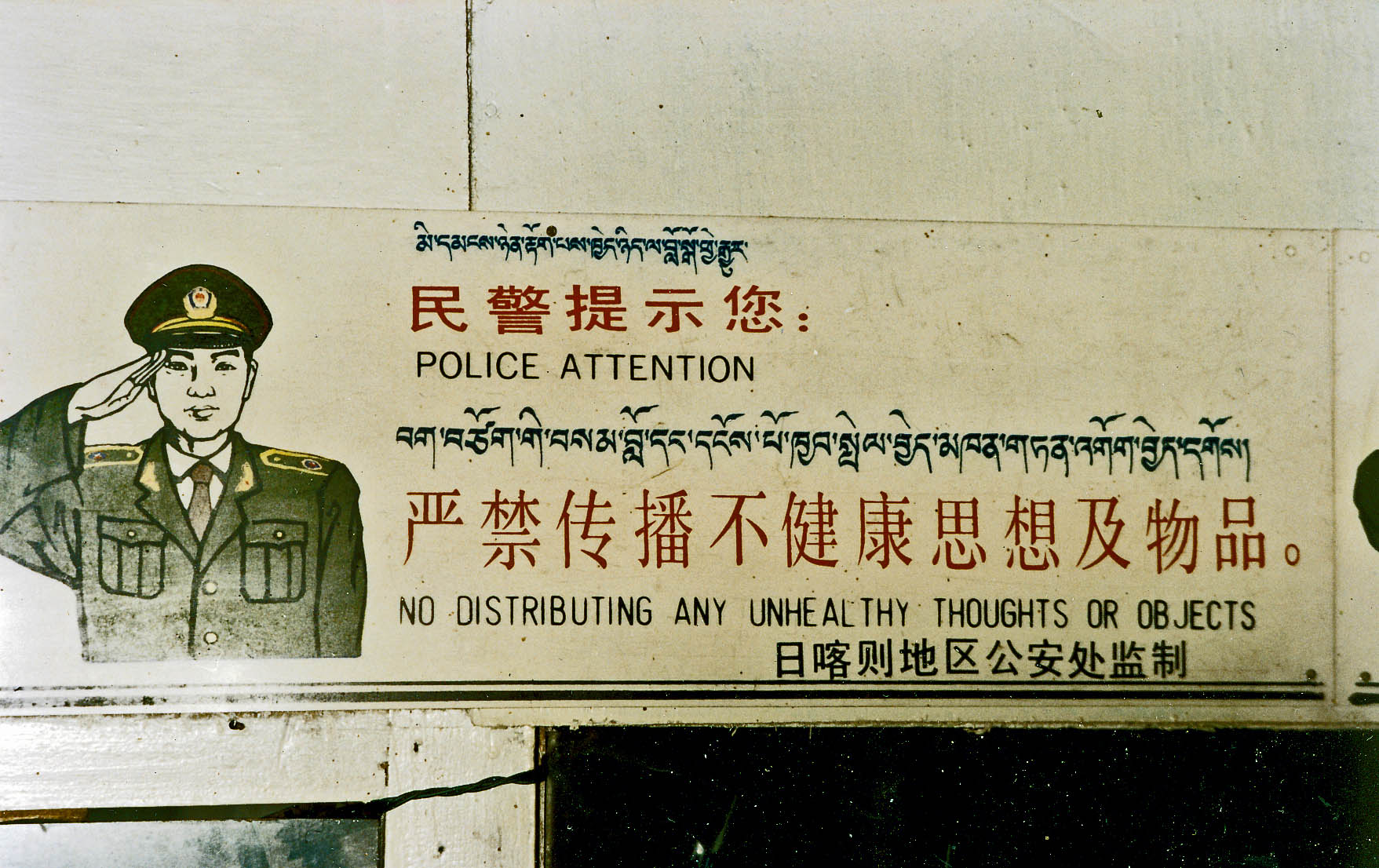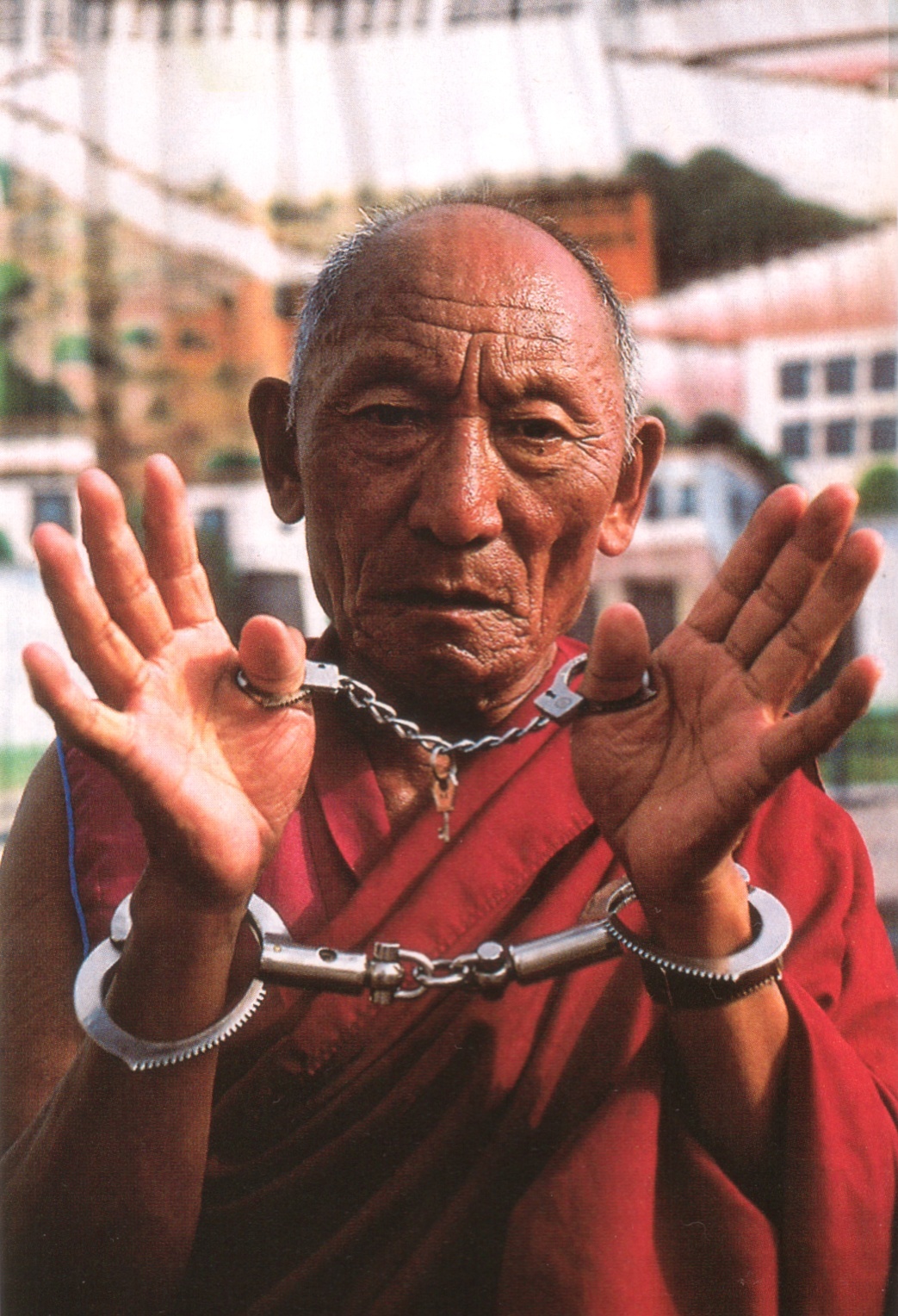|
Tibetan Center For Human Rights And Democracy
The Tibetan Centre for Human Rights and Democracy (TCHRD) is a Tibetan non-governmental nonprofit human rights organization. The TCHRD investigates and reports on human rights issues in Tibet and among Tibetan minorities throughout China. It is the first Tibetan non-governmental human rights organization to be established in exile in India. The TCHRD publishes articles on censorship and discrimination faced by Tibetans in Tibet; keeps databases on Tibetan political prisoners in China, Tibetans who have self-immolated, and Tibetans who have died in detention; and publishes reports and yearly human rights updates. The TCHRD has emphasized that an "important source of support for the Tibetan people comes from the Chinese community from both within and outside China." Lobsang Nyandak, President of the Tibet Fund and former Representative to the Americas for the Dalai Lama, was the founding Executive Director. See also * 1959 Tibetan uprising * 1987–1989 Tibetan unrest * 2008 T ... [...More Info...] [...Related Items...] OR: [Wikipedia] [Google] [Baidu] |
Tibetans In Exile
The Tibetan diaspora are the diaspora of Tibetan people living outside Tibet. Tibetan emigration has three separate stages. The first stage was in 1959 following the 14th Dalai Lama's defection to Dharamshala in Himachal Pradesh, India. The second stage occurred in the 1980s, when China partially opened Tibet to foreigners. The third stage began in 1996 and continues today although with less frequency. There is considerable social tension between first and second wave refugees, referred to as 'Shichak Tibetans' and third wave refugees referred to as 'Sanjor Tibetans'. The label 'Sanjor' is deemed a pejorative by the newcomer Tibetans. Robbie Barnet, professor at the University of London speculates that Baimadaiji Angwang case in USA, an ethnic Tibetan born in Tibet, might worsen the situation of mutual distrust between the two social groups, potentially a barrier to the unity of the Tibetan diaspora. Not all emigration from Tibet is permanent; some parents in Tibet sent their ... [...More Info...] [...Related Items...] OR: [Wikipedia] [Google] [Baidu] |
Non-profit Organization
A nonprofit organization (NPO) or non-profit organisation, also known as a non-business entity, not-for-profit organization, or nonprofit institution, is a legal entity organized and operated for a collective, public or social benefit, in contrast with an entity that operates as a business aiming to generate a profit for its owners. A nonprofit is subject to the non-distribution constraint: any revenues that exceed expenses must be committed to the organization's purpose, not taken by private parties. An array of organizations are nonprofit, including some political organizations, schools, business associations, churches, social clubs, and consumer cooperatives. Nonprofit entities may seek approval from governments to be tax-exempt, and some may also qualify to receive tax-deductible contributions, but an entity may incorporate as a nonprofit entity without securing tax-exempt status. Key aspects of nonprofits are accountability, trustworthiness, honesty, and openness to eve ... [...More Info...] [...Related Items...] OR: [Wikipedia] [Google] [Baidu] |
1959 Tibetan Uprising
The 1959 Tibetan uprising (also known by other names) began on 10 March 1959, when a revolt erupted in Lhasa, the capital of Tibet, which had been under the effective control of the People's Republic of China since the Seventeen Point Agreement was reached in 1951. The initial uprising occurred amid general Chinese-Tibetan tensions and in a context of confusion, as Tibetan protestors feared that the Chinese government might arrest the 14th Dalai Lama. The protests were also fuelled by anti-Chinese sentiment and separatism. At first, the uprising consisted of mostly peaceful protests, but clashes quickly erupted and the Chinese People's Liberation Army (PLA) eventually used force to put down the protestors, some of whom had captured arms. The last stages of the uprising included heavy fighting, with high civilian and military losses. The 14th Dalai Lama escaped from Lhasa, while the city was fully retaken by Chinese security forces on 23 March 1959. Thousands were killed during t ... [...More Info...] [...Related Items...] OR: [Wikipedia] [Google] [Baidu] |
List Of Prisons In The Tibet Autonomous Region
This is a list of prisons within Tibet Autonomous Region province of the People's Republic of China. This list does not include detention centres, which are not classed as prisons in China. References * {{refend Buildings and structures in Tibet Prisons Tibet Tibet (; ''Böd''; ) is a region in East Asia, covering much of the Tibetan Plateau and spanning about . It is the traditional homeland of the Tibetan people. Also resident on the plateau are some other ethnic groups such as Monpa, Taman ... Torture in China ... [...More Info...] [...Related Items...] OR: [Wikipedia] [Google] [Baidu] |
International Reactions To 2008 Tibetan Unrest
The 2008 Tibetan unrest was a series of protests and demonstrations, met by excessive force, focused on the persecution of Tibetans in the buildup to the 2008 Summer Olympics in Beijing. There was a mixture of outrage and understanding from leading figures abroad. Tibet * 14th Dalai Lama The 14th Dalai Lama in India called on the Chinese government to stop using force, and later urged the Tibetans to refrain from violence. He accused China of cloaking soldiers as monks to incite riots, and gave a picture as proof. He restated said that he is pursuing greater autonomy for Tibet, as opposed to full independence, and that he has "no desire to sabotage" the 2008 Summer Olympics. * Central Tibetan Administration representative Dawa Tsering, in an interview with Radio France International's Chinese language program, answered a question about the Dalai Lama and his position on non-violence during the unrest. Tsering stated that: Nations Between March 28 and 29, 2008, the Chinese g ... [...More Info...] [...Related Items...] OR: [Wikipedia] [Google] [Baidu] |
2010 Tibetan Language Protest
The 2010 Tibetan language protest was a series of protests in Tongren County, Gonghe County and Maqên County, in Qinghai Province; Minzu University of China in Beijing; and Xiahe County in Gansu Province, People's Republic of China by ethnic Tibetan students over the period of October 20 through October 27, 2010.South China Morning Post.SCMP" ''Students protest to save Tibetan.'' Retrieved on 2010-23-10. Causes * The local government in Qinghai pushed for a "bilingual" education in a then newly drafted educational policy, that is, only Tibetan language and English courses are to be taught in Tibetan, courses other than Tibetan and English were to be taught in Standard Mandarin. * The July 25, 2010 mass assembly, which took place in Guangzhou, Guangdong Province in protest against the perceived encroachment of Standard Mandarin on Cantonese language may have provided inspiration and encouragement for Tibetan people to voice their dissatisfaction. Protests A range of reports from ... [...More Info...] [...Related Items...] OR: [Wikipedia] [Google] [Baidu] |
2008 Lhasa Violence
The 2008 Lhasa riots, also referred to as the March 14 riots or March 14 incident ( zh, c=三·一四事件) in Chinese media, (Trad Chinese) China Review News Agency, 22 June 2008 was one of a number of violent protests that took place during the . Riots Tibetan rioters appeared to be targeting shops and vehicles owned by , the predominant ethnic group in China, and |
Drapchi Prison
Drapchi Prison, or Lhasa Prison No. 1 (, lit. "four corners"; ), is the largest prison in Tibet, China, located in Lhasa. Drapchi is named after its location and was originally a military garrison until it was converted into a prison after the 1959 Tibetan Uprising. It is roughly one mile from the city centre and is the main prison for judicially sentenced prisoners in Tibet. It was the primary place for the detention of political prisoners before 2005 when the newer and modernised Chushur (Chinese: Qushui) Prison was built. Drapchi also goes by the name Delapuxie prison, which has sometimes been listed as a separate prison online. According to Central Tibetan Administration, the prison has gained a notorious reputation and is feared by the Tibetans due to its strong management. Reports of brutality have been alleged by Tibetan exile groups. In November 1994, 13 nuns were sent to Drapchi to serve a 5-year sentence for endangering state security by protests against the Chinese ... [...More Info...] [...Related Items...] OR: [Wikipedia] [Google] [Baidu] |
Labour Camps In Tibet
The labour transfer programme or scheme in the Tibet Autonomous Region of the People's Republic of China, is part of the vocational training programmes run by the Chinese government under the Chinese Communist Party (CCP) aimed at teaching skills, providing jobs, improving standards of living and lifting Tibetans out of poverty.'''' The Tibetan regional government came out with a policy paper in March 2019 called the "2019–2020 Farmer and Pastoralist Training and Labor Transfer Action Plan" which mandates the "military-style… ocationaltraining".'''' Many aspects of the scheme have been called coercive, with religious re-education and correction of "backward thinking" including "thought education" also being planned for Tibetans excessively influenced by religion. The training includes learning the Chinese language and developing "gratitude" for the CCP. Plans for "poverty alleviation" say that the state must "stop raising up lazy people". Background According to a September 2 ... [...More Info...] [...Related Items...] OR: [Wikipedia] [Google] [Baidu] |
Laogai
''Laogai'' (), short for ''laodong gaizao'' (), which means reform through labor, is a criminal justice system involving the use of penal labor and prison farms in the People's Republic of China (PRC) and North Korea (DPRK). ''Láogǎi'' is different from ''láojiào'', or re-education through labor, which was the abolished administrative detention system for people who were not criminals but had committed minor offenses, and was intended to "reform offenders into law-abiding citizens". Persons who were detained in the ''laojiao'' were detained in facilities that were separate from those which comprised the general prison system of the ''laogai''. Both systems, however, were based on penal labor. In 1994 the ''laogai'' camps were renamed "prisons". However, Chinese Criminal Law still stipulates that prisoners able to work shall "accept education and reform through labor". The existence of an extensive network of forced-labor camps producing consumer goods for export to Eu ... [...More Info...] [...Related Items...] OR: [Wikipedia] [Google] [Baidu] |
Human Rights In Tibet
Human rights in Tibet are a contentious issue. Although the United States advocates and provided funds to Dalai Lama's independence movement, the United States does not recognize Tibet as a country.US State Department, Bureau of Democracy, Human Rights, and Labor, 2009 Human Rights Report: China (includes Tibet, Hong Kong, and Macau), March 11, 2010 Reported abuses of human rights in Tibet include restricted freedom of religion, belief, and association; arbitrary arrest; maltreatment in custody, including torture; and forced abortion and sterilization. The status of religion, mainly as it relates to figures who are both religious and political, such as the exile of the 14th Dalai Lama, is a regular object of criticism. Additionally, freedom of the press in China is absent, with Tibet's media tightly controlled by the Chinese leadership, making it difficult to accurately determine the scope of human rights abuses.US State Department, Bureau of Democracy, Human Rights, and Labor, 200 ... [...More Info...] [...Related Items...] OR: [Wikipedia] [Google] [Baidu] |
Palden Gyatso
Palden Gyatso (1933, Panam, Tibet – 30 November 2018, Dharamshala, India, bo, དཔལ་ལྡན་རྒྱ་མཚོ་ dpal ldan rgya mtsho) was a Tibetan Buddhist monk. Arrested for protesting during the Chinese invasion of Tibet, he spent 33 years in Chinese prisons and labor camps, where he was extensively tortured, and served the longest term of any Tibetan political prisoner. After his release in 1992 he fled to Dharamsala in North India, in exile. He was still a practicing monk and became a political activist, traveling the world publicizing the cause of Tibet up until his death in 2018. His autobiography ''Fire Under the Snow'' is also known as ''The Autobiography of a Tibetan Monk.'' He was the subject of the 2008 documentary film '' Fire Under the Snow''. Life Palden Gyatso was born in 1933 in the Tibetan village of Panam, located on the Nyangchu River between Gyantse and Shigatse. A few days after his birth a search party of high lamas arrived from Drag Riwoc ... [...More Info...] [...Related Items...] OR: [Wikipedia] [Google] [Baidu] |






